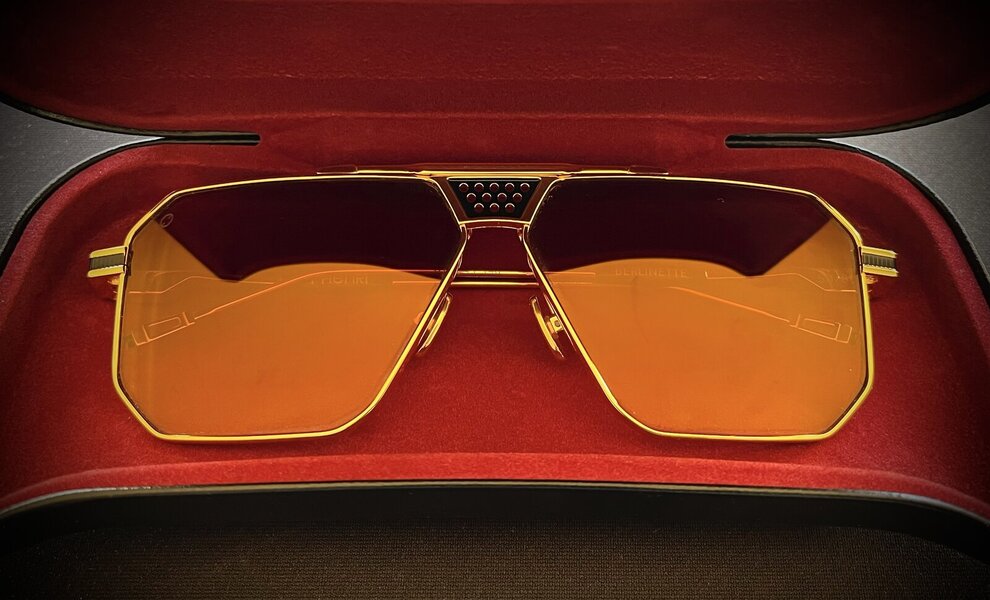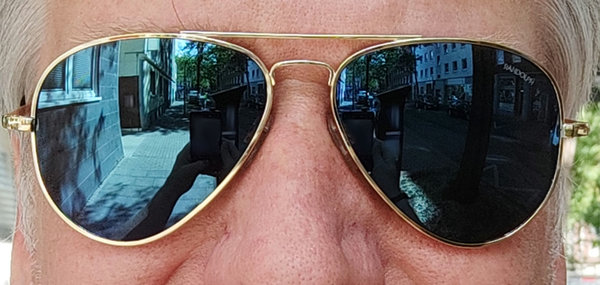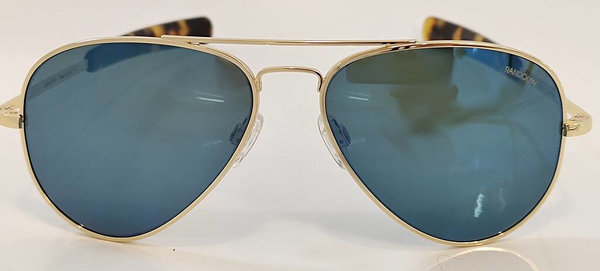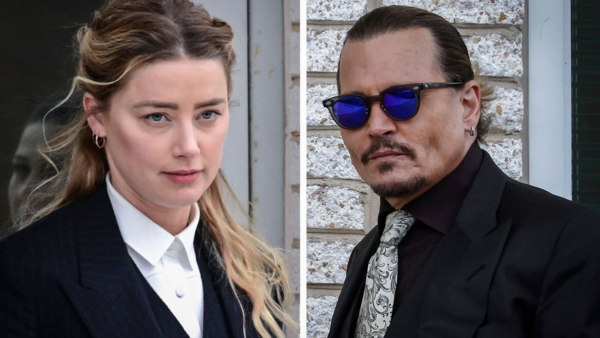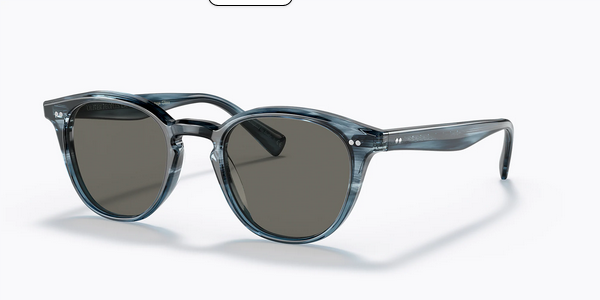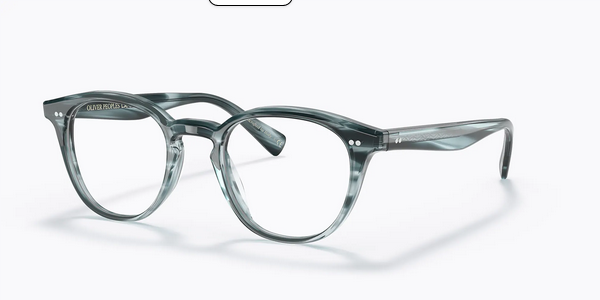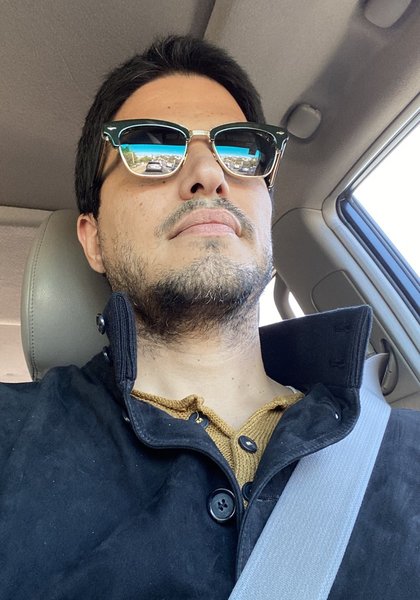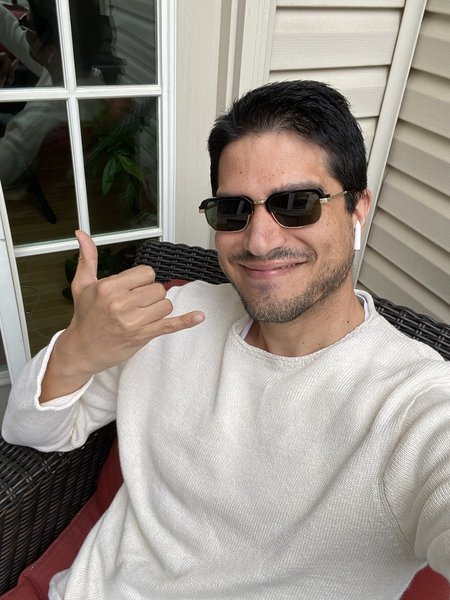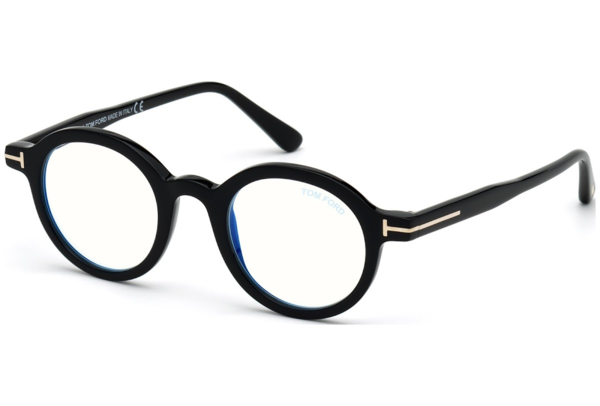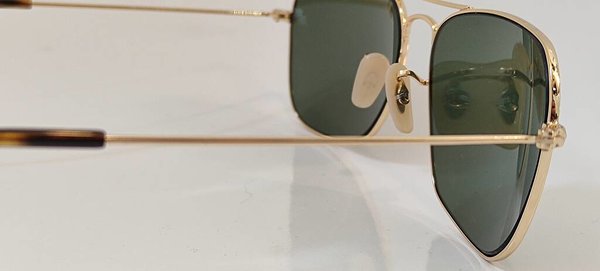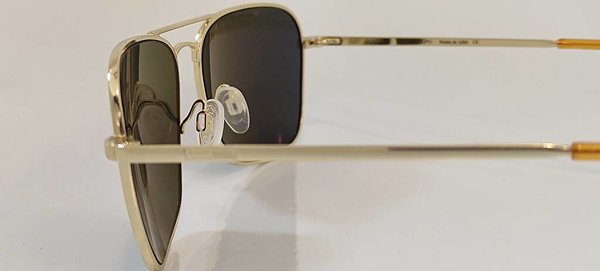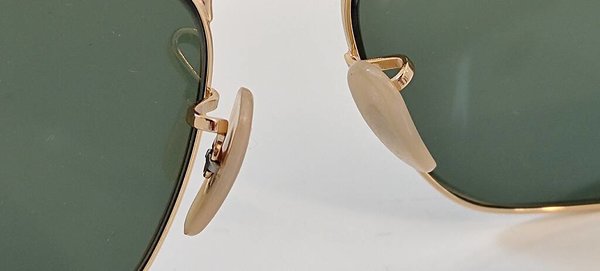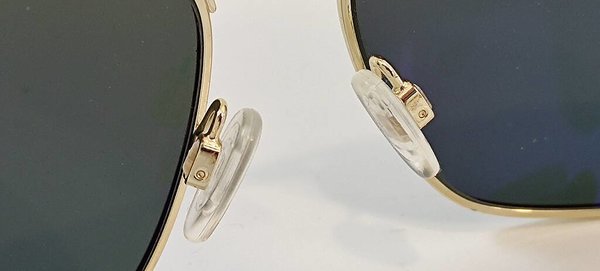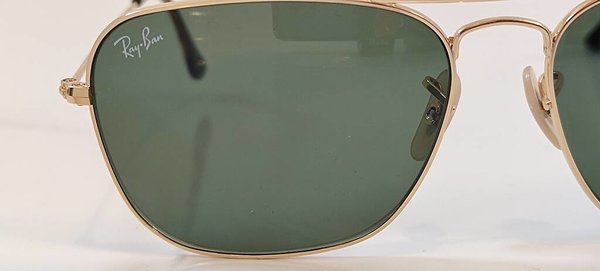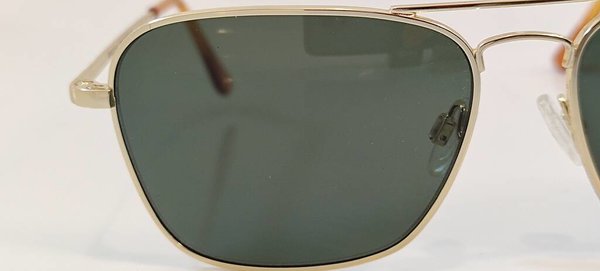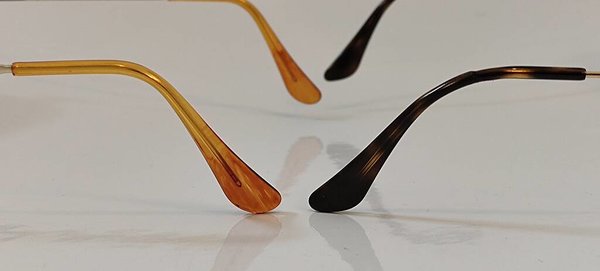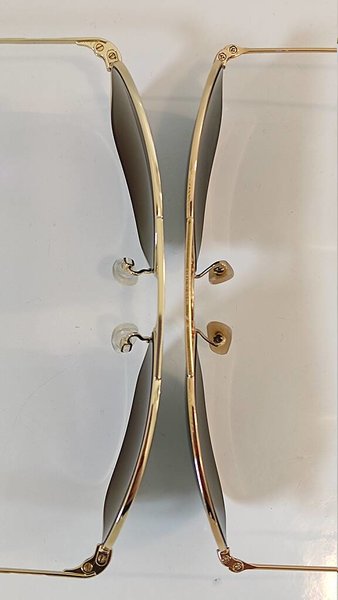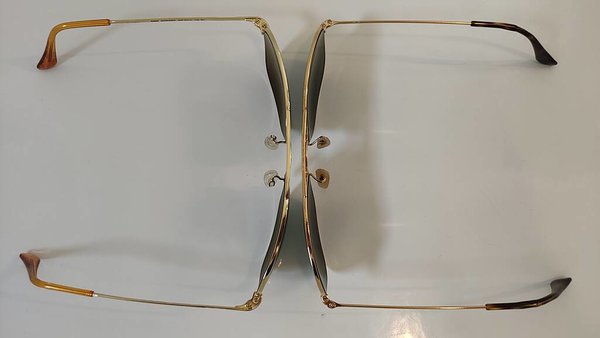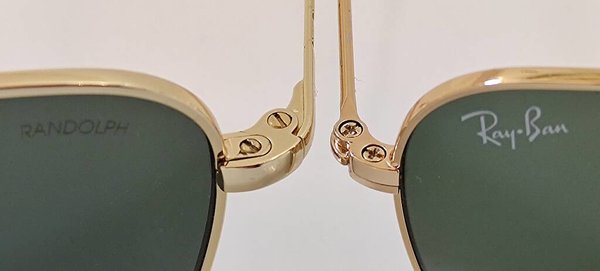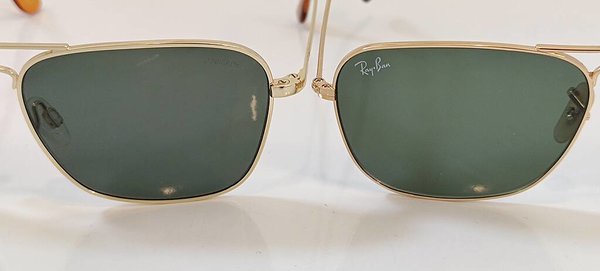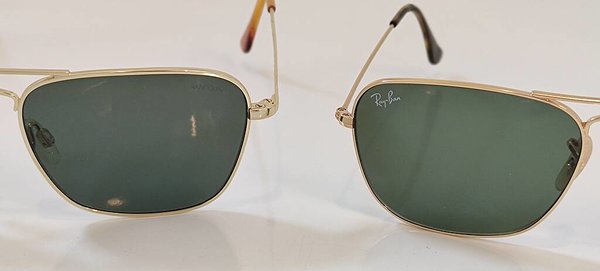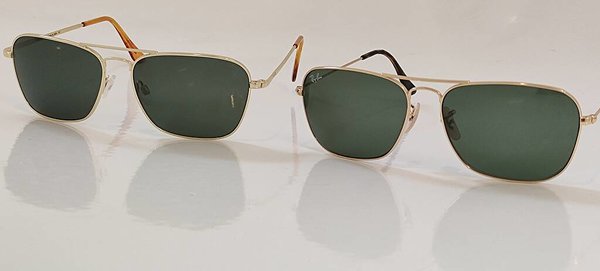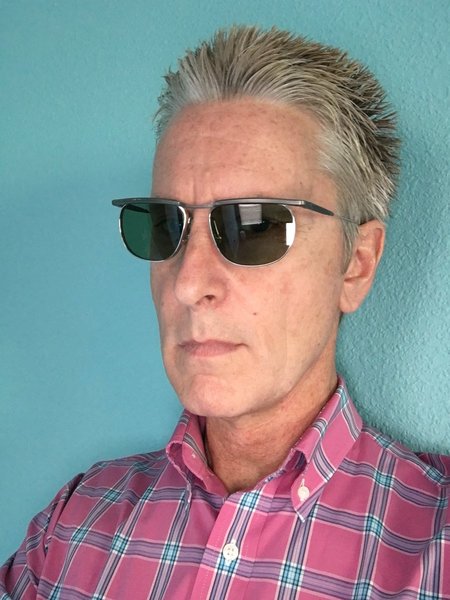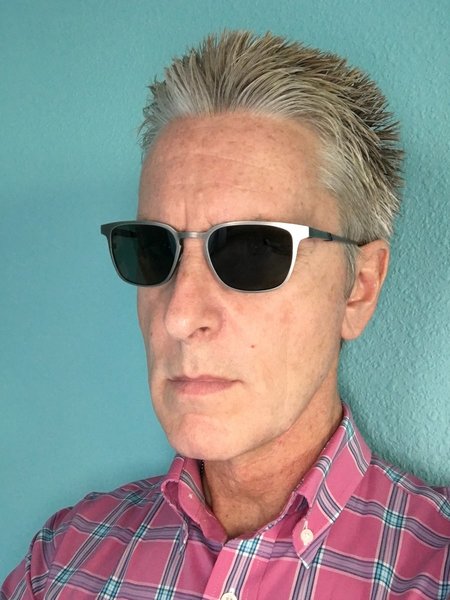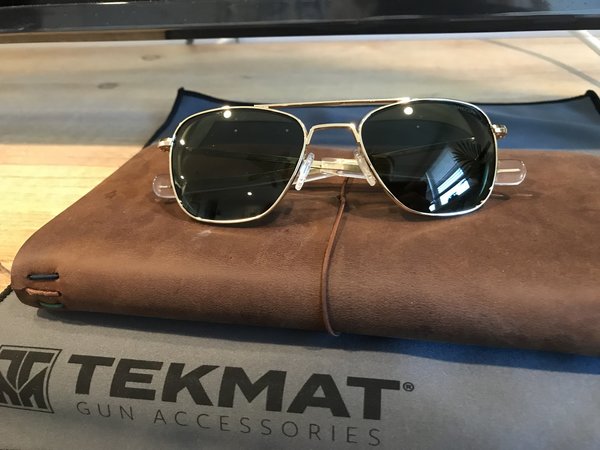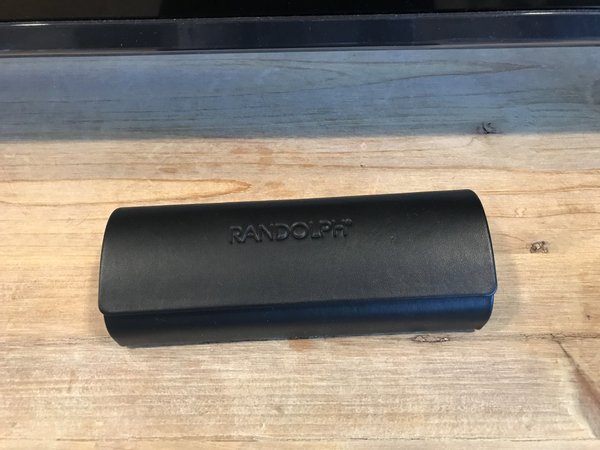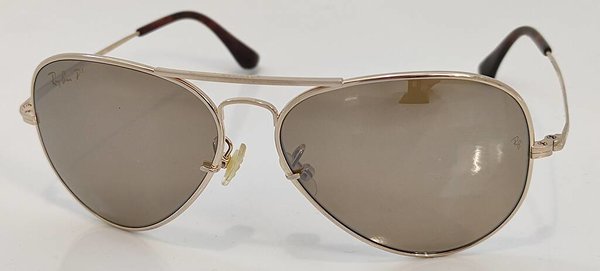Tsujigiri
Senior Member
- Joined
- Jul 6, 2013
- Messages
- 528
- Reaction score
- 191
I'm pretty new to "style," and have found this site and its members to be an indispensable resource. I thought I'd take a minute to add to the conglomerate of information this site holds and jot down my experiences with the one article of clothing I do know a lot about and have a lot of experience with: sunglasses. The odd thing about sunglasses is that they're so ubiquitous, but so misunderstood. There are no forums dedicated solely to sunglasses, and good info on them is spotty at best. A large number of fashion forward individuals seem to look down on "mall brands," but settle for pedestrian optics. As many of you know, this is largely due to the virtual monopoly Luxottica has over the market. Whatever they don't own, the other conglomerates Safilo and Marcolin probably do. Because of this, many smaller brands and real gems go unnoticed. I hope to bring attention to some of these brands by posting reviews and experiences I've had with them, as well as a few things I've learned about sunglasses over the years.
Let's start with an introduction for the newcomers. As I mentioned earlier, most brands are owned by optics conglomerates. The largest of these is Luxottica, who owns (among many others) Ray-Ban, Oakley, Persol, Revo, Sunglass Hut, Lenscrafters, and Pearle Vision. They also make sunglasses on contract for many big name brands like Chanel. Safilo also owns and contracts out for a fair number of brands, like Carrera and Gucci. Marcolin isn't as big as the other two, and manufactures for brands like Montblanc and Tom Ford. In terms of quality, Safilo generally trails the other two and Marcolin generally comes out on top.
The danger of having conglomerates like this is that it gives optics companies the power to raise prices while cutting quality, and creates the illusion of choice for the consumer. Hardly anyone walks into a Sunglass Hut realizing that everything in the store except for Maui Jim is owned by the same company. Conglomerates often take advantage of this; when one frame style is successful in one brand's lineup, they begin introducing very similar styles into their other brands. Furthermore, nearly every fashion brand contracts their sunglasses out to companies like Luxottica, and have barely any involvement with the production process. Everything from the design to the manufacturing is done by the optics company. So when you buy a pair of sunglasses from a company like Prada, your glasses have no involvement with Prada other than the name. You're better off going with a company that made its name on optics. With that said, companies like Luxottica do make a few good products, but it's very hit and miss.
When determining the quality of a pair of sunglasses, there are a number of things you can look for. A few basic things I look for are:
1. Lens setting. Make sure the lenses are set into the frames properly, and do not pop out of their seating at all.
2. Frame warping. Many companies produce sunglasses with this problem. Lay the glasses on a flat surface with the arms folded out fully. The temples should both touch the surface at the ends, and the frame should not be warped so that one arm is higher than the other.
3. Hinges. The hinges should not wobble significantly. They should be fairly tight when new, and have about the same tension on each side. For plastic frames, 5 or 7 barrel hinges are nice to have. The arms and front of the frame should also meet flush with each other with the arms fully out, and not have a large gap. Also, hinges that are pinned through the frame on plastic frames show a higher degree of craftsmanship and skill than hinges that are just set into the acetate with heat. Be careful, though, many frames have fake rivets that give the appearance of being pinned, but are really heat sunk on both sides (e.g. Ray-Ban Wayfarers).
4. Solder points. For wire-framed sunglasses, the solder points are a significant indicator of quality. On pairs that do not exhibit very good quality, the solder joints are often uneven or sloppy. A high quality frame will have uniform soldering, with only enough solder used to make the weld, no more and no less.
5. Wire cores. For plastic frames, there should be a wire core inside the arms. Acetate is a flexible material that can be bent with or without heat to better suit the user. The wire core helps the arms to keep a shape they've been bent to. The better plastic frames are machined from blocks of acetate, which has a higher quality feel to it than typical plastics. Not all plastic frames with wire cores are acetate, though. Look for seams along frame; if you see any, the frame was injection molded and not machined from acetate blocks.
As Kurt Vonnegut noted, the frames are where the money in optics is. The higher end companies put a lot of efforts into their frames, and sometimes not very much into their optics. If optics are a priority for you, it's important to note what the lenses are made of. Nearly all lenses are made of these four materials:
CR-39. This is the standard plastic lens. It is not very impact resistant, but it is close to the clarity of glass, and has the least chromatic abberation of the popular lens materials. It can be tinted easily, and coated with a hard shell that resists scratches.
Polycarbonate. This is a plastic with much higher strength and will resist impacts, but that's all that it's good for. It has the worst clarity, chromatic abberation, tintability, and scratch resistance of the main lens materials. If you aren't playing sports and don't need impact protection (or the frame design doesn't rely on strong lenses), polycarbonate is probably not your best choice.
Glass. Glass is much heavier than any of the other options, but many find the weight to be well worth it. While it doesn't have any impact protection, it does have the best clarity and very low chromatic abberation. My favorite feature of glass, though, is its scratch resistance.
Trivex. This newer plastic is even stronger and more impact resistant than polycarbonate, but is also clearer and has less chromatic abberation. In fact, it is better than polycarbonate in every way. However, it is more expensive, which is why it is not very common.
Even within a certain material, lens quality can vary. The better lenses have antireflective coatings on the back that curb distracting flashes of light. Some lenses are also just clearer than others, which varies by company. Many companies offer polarization, which blocks light that is oscillating in a certain direction. This helps to cut glare from reflected objects without making the lenses much darker. Photochromic lenses are also gaining in popularity. These lenses darken when the light is stronger, keeping your eyes comfortable in a broad range of lighting conditions.
Reviews and quick company profiles to be added soon...
Let's start with an introduction for the newcomers. As I mentioned earlier, most brands are owned by optics conglomerates. The largest of these is Luxottica, who owns (among many others) Ray-Ban, Oakley, Persol, Revo, Sunglass Hut, Lenscrafters, and Pearle Vision. They also make sunglasses on contract for many big name brands like Chanel. Safilo also owns and contracts out for a fair number of brands, like Carrera and Gucci. Marcolin isn't as big as the other two, and manufactures for brands like Montblanc and Tom Ford. In terms of quality, Safilo generally trails the other two and Marcolin generally comes out on top.
The danger of having conglomerates like this is that it gives optics companies the power to raise prices while cutting quality, and creates the illusion of choice for the consumer. Hardly anyone walks into a Sunglass Hut realizing that everything in the store except for Maui Jim is owned by the same company. Conglomerates often take advantage of this; when one frame style is successful in one brand's lineup, they begin introducing very similar styles into their other brands. Furthermore, nearly every fashion brand contracts their sunglasses out to companies like Luxottica, and have barely any involvement with the production process. Everything from the design to the manufacturing is done by the optics company. So when you buy a pair of sunglasses from a company like Prada, your glasses have no involvement with Prada other than the name. You're better off going with a company that made its name on optics. With that said, companies like Luxottica do make a few good products, but it's very hit and miss.
When determining the quality of a pair of sunglasses, there are a number of things you can look for. A few basic things I look for are:
1. Lens setting. Make sure the lenses are set into the frames properly, and do not pop out of their seating at all.
2. Frame warping. Many companies produce sunglasses with this problem. Lay the glasses on a flat surface with the arms folded out fully. The temples should both touch the surface at the ends, and the frame should not be warped so that one arm is higher than the other.
3. Hinges. The hinges should not wobble significantly. They should be fairly tight when new, and have about the same tension on each side. For plastic frames, 5 or 7 barrel hinges are nice to have. The arms and front of the frame should also meet flush with each other with the arms fully out, and not have a large gap. Also, hinges that are pinned through the frame on plastic frames show a higher degree of craftsmanship and skill than hinges that are just set into the acetate with heat. Be careful, though, many frames have fake rivets that give the appearance of being pinned, but are really heat sunk on both sides (e.g. Ray-Ban Wayfarers).
4. Solder points. For wire-framed sunglasses, the solder points are a significant indicator of quality. On pairs that do not exhibit very good quality, the solder joints are often uneven or sloppy. A high quality frame will have uniform soldering, with only enough solder used to make the weld, no more and no less.
5. Wire cores. For plastic frames, there should be a wire core inside the arms. Acetate is a flexible material that can be bent with or without heat to better suit the user. The wire core helps the arms to keep a shape they've been bent to. The better plastic frames are machined from blocks of acetate, which has a higher quality feel to it than typical plastics. Not all plastic frames with wire cores are acetate, though. Look for seams along frame; if you see any, the frame was injection molded and not machined from acetate blocks.
As Kurt Vonnegut noted, the frames are where the money in optics is. The higher end companies put a lot of efforts into their frames, and sometimes not very much into their optics. If optics are a priority for you, it's important to note what the lenses are made of. Nearly all lenses are made of these four materials:
CR-39. This is the standard plastic lens. It is not very impact resistant, but it is close to the clarity of glass, and has the least chromatic abberation of the popular lens materials. It can be tinted easily, and coated with a hard shell that resists scratches.
Polycarbonate. This is a plastic with much higher strength and will resist impacts, but that's all that it's good for. It has the worst clarity, chromatic abberation, tintability, and scratch resistance of the main lens materials. If you aren't playing sports and don't need impact protection (or the frame design doesn't rely on strong lenses), polycarbonate is probably not your best choice.
Glass. Glass is much heavier than any of the other options, but many find the weight to be well worth it. While it doesn't have any impact protection, it does have the best clarity and very low chromatic abberation. My favorite feature of glass, though, is its scratch resistance.
Trivex. This newer plastic is even stronger and more impact resistant than polycarbonate, but is also clearer and has less chromatic abberation. In fact, it is better than polycarbonate in every way. However, it is more expensive, which is why it is not very common.
Even within a certain material, lens quality can vary. The better lenses have antireflective coatings on the back that curb distracting flashes of light. Some lenses are also just clearer than others, which varies by company. Many companies offer polarization, which blocks light that is oscillating in a certain direction. This helps to cut glare from reflected objects without making the lenses much darker. Photochromic lenses are also gaining in popularity. These lenses darken when the light is stronger, keeping your eyes comfortable in a broad range of lighting conditions.
Reviews and quick company profiles to be added soon...

